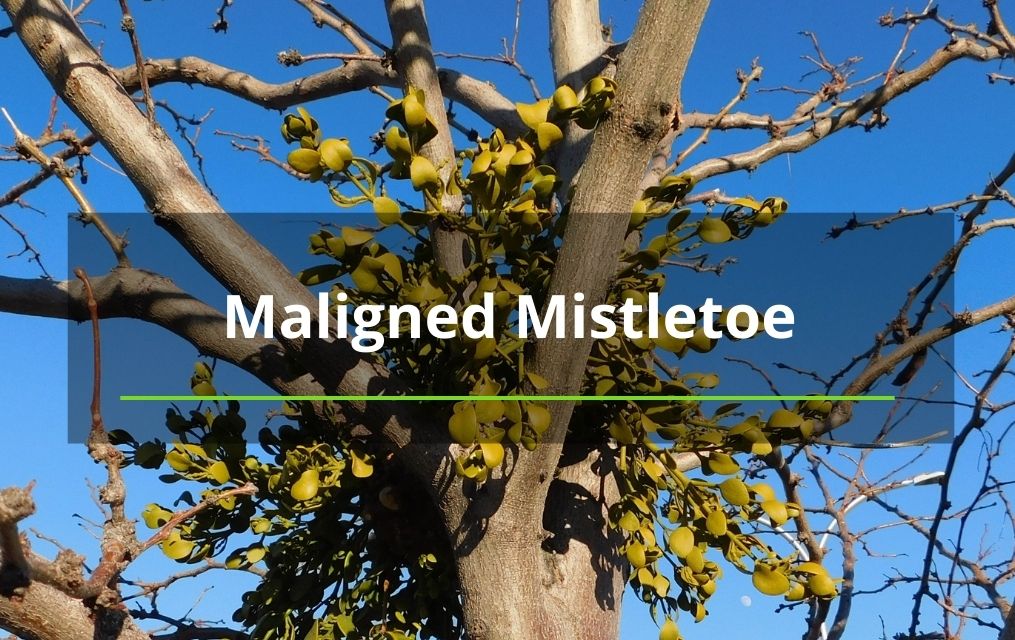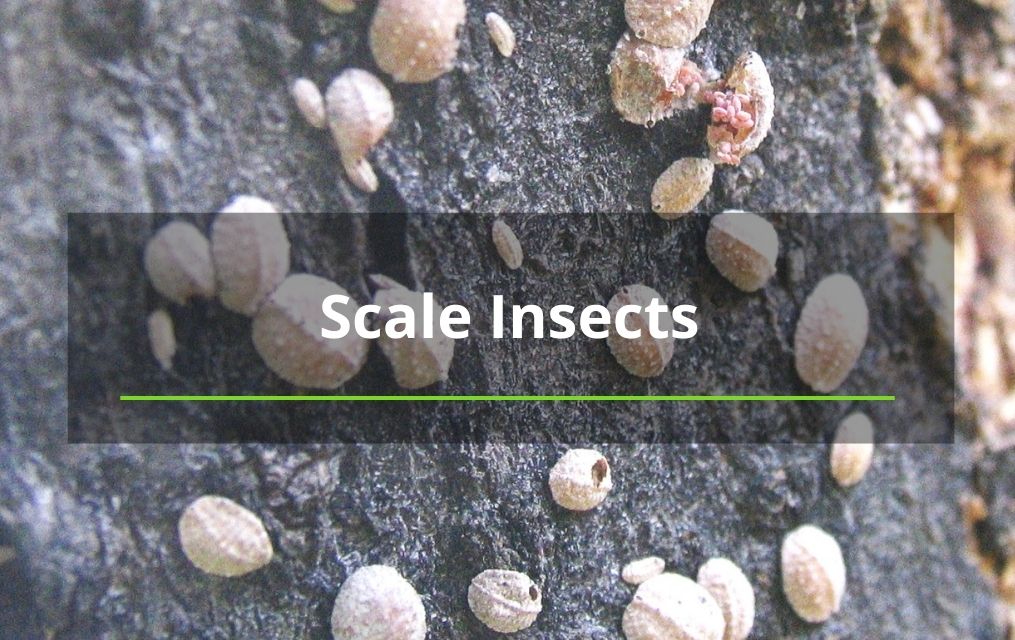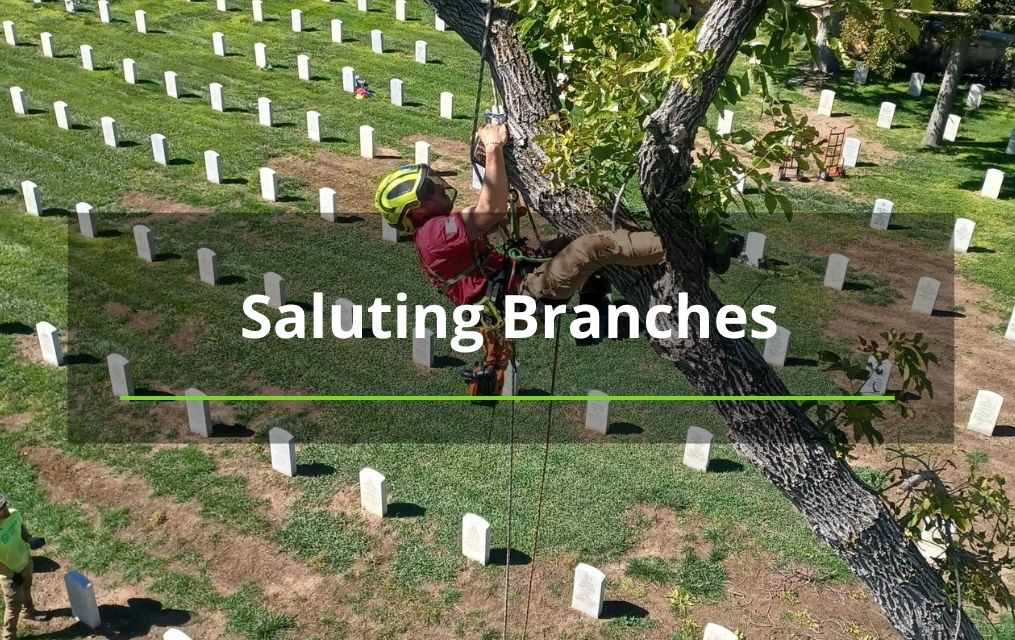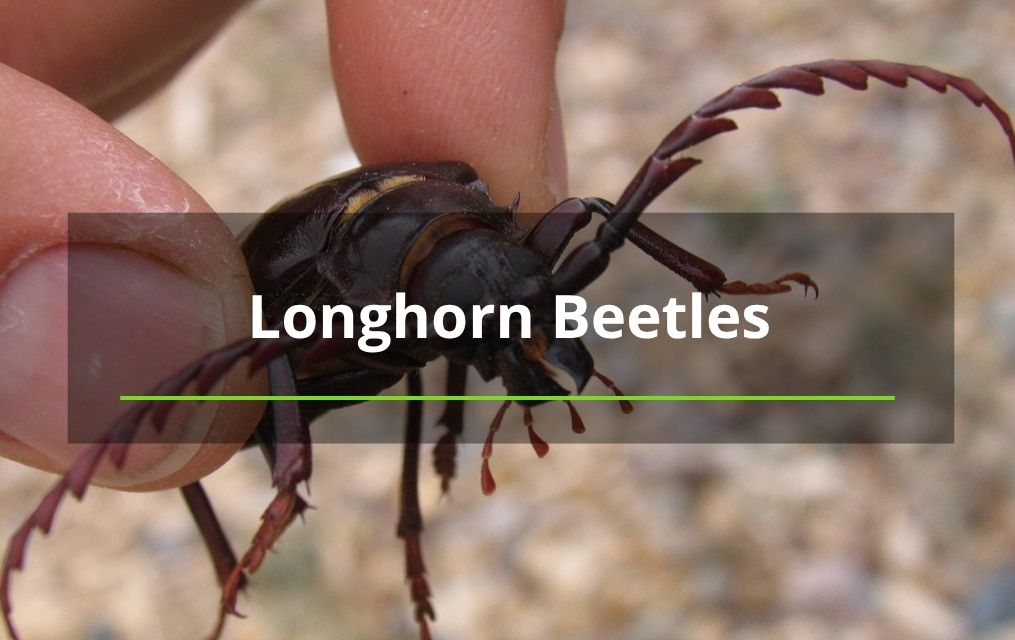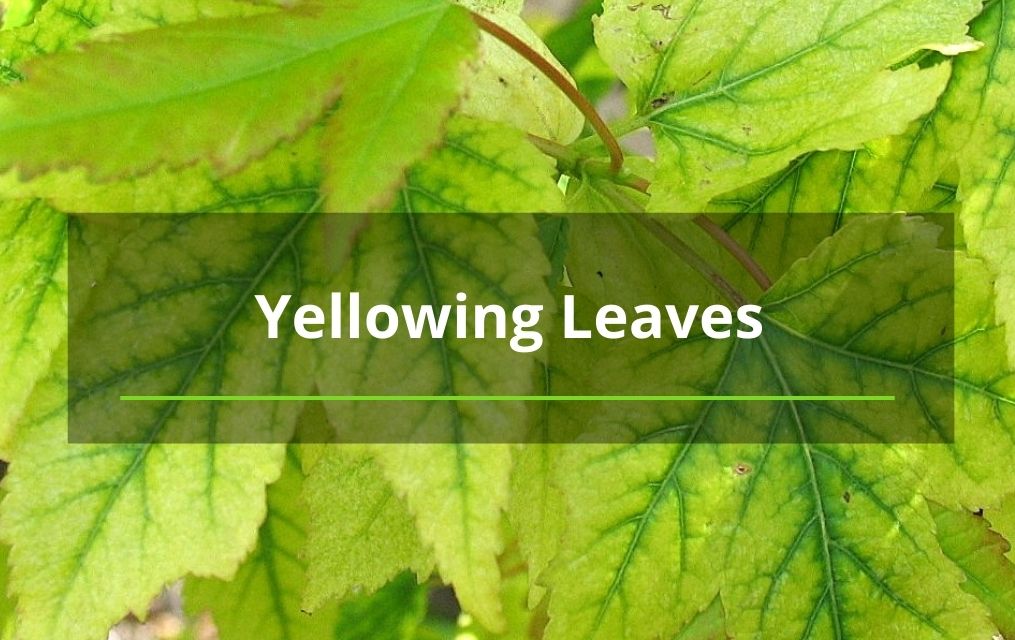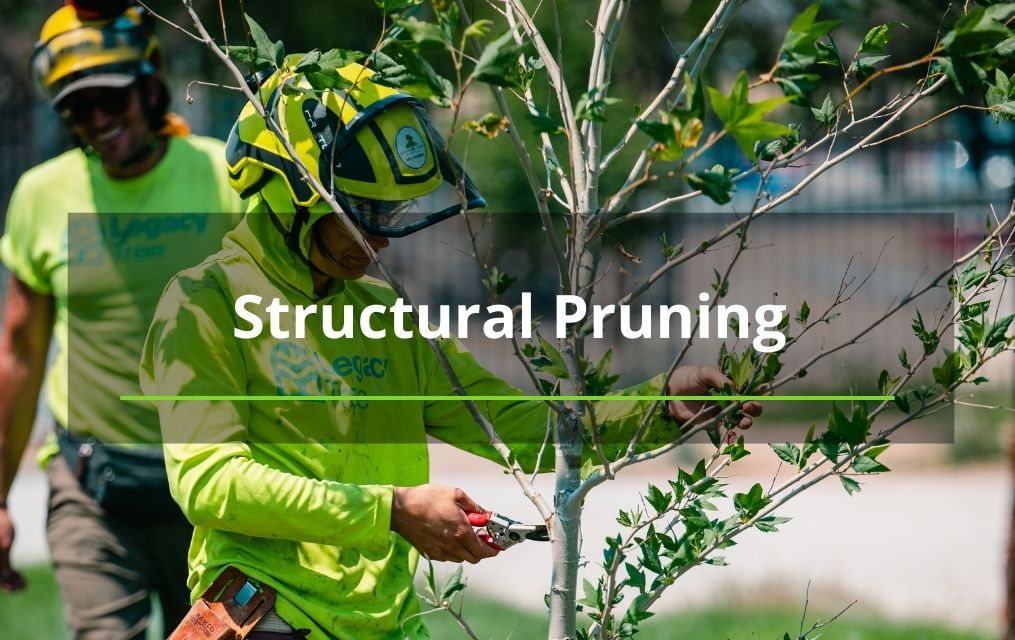Blogs
Integrated Pest Management
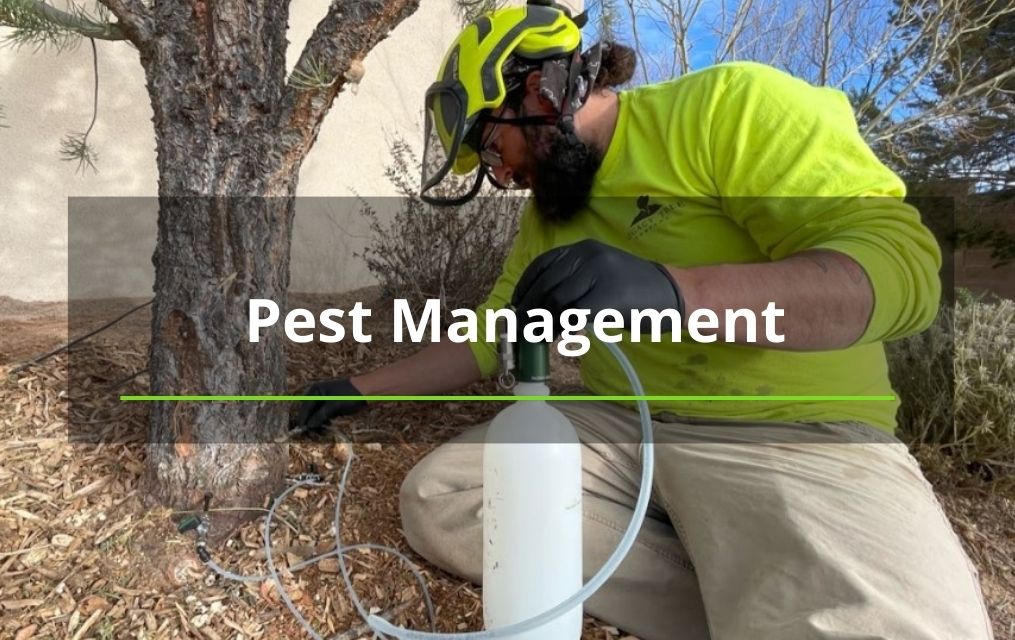
Integrated Pest Management
Insecticides are sometimes the option for dealing with pests like bagworms on landscape trees, but they should never be the first option. Humans already place enough poisons into the environment unintentionally, so we must be very careful when we do that on purpose. Integrated Pest Management, or IPM, is a good strategy to follow. IPM leads through sets of options, starting with “let nature take it’s course”, to augmenting beneficial insects and creating habitat for them, up through trapping and other physical controls, and finally landing at the softest effective chemical poison that we can use.
Speaking of bagworms specifically, the chemical choices include topical sprays and soil-or-trunk applied systemics. Examples of the first include Bt and spinosad, both effective against caterpillars and having a low toxicity beyond the target. While stronger products will work and can legally be used, the inevitable drift from spray applications is a big caution.
For wind pollinated plants like sycamore, oak, and elm, injected systemic insecticides (see photo) may be the most targeted way of controlling an outbreak. Because this does involve making small wounds in the tree, it’s important that it be done well. Any person treating a tree with any chemical for payment must, by law, be licensed. To be effective, however, those people must also be able to identify the type of tree, the true nature of the problem, the identity of any pests, and enough about their lifecycle to know where and how to hit those pests. Legacy Tree Company provides effective service!
Click here to find out more about our Albuquerque tree removal services



